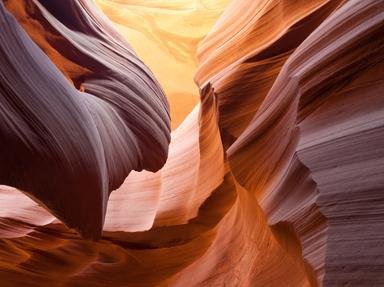
General Rocks Trivia Quiz
General Rocks was out and about, looking at the geological world about him. He has picked up a few samples in his swag and, oh no!, has tripped on a rock and spilled the contents. Help him correctly name the rocks - the pictures should provide a clue.
This is a renovated/adopted version of an old quiz by author downtowndowney
A photo quiz
by VegemiteKid.
Estimated time: 3 mins.
- Home
- »
- Quizzes
- »
- Science Trivia
- »
- Earth Science
- »
- Geology